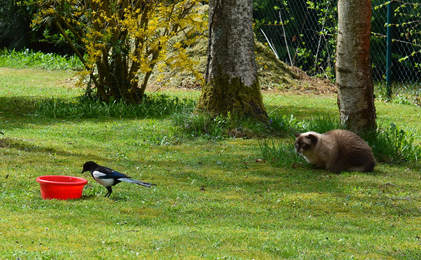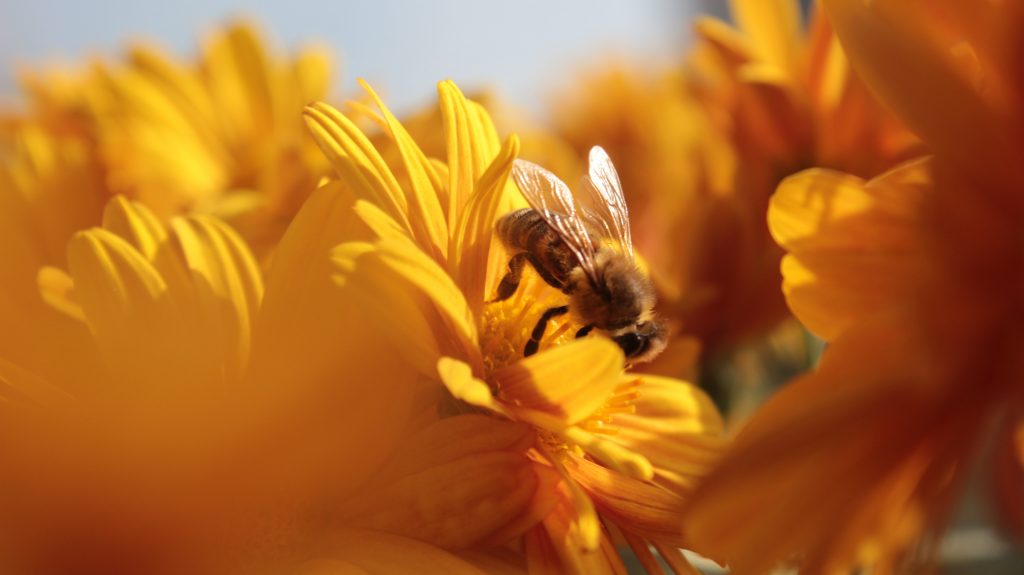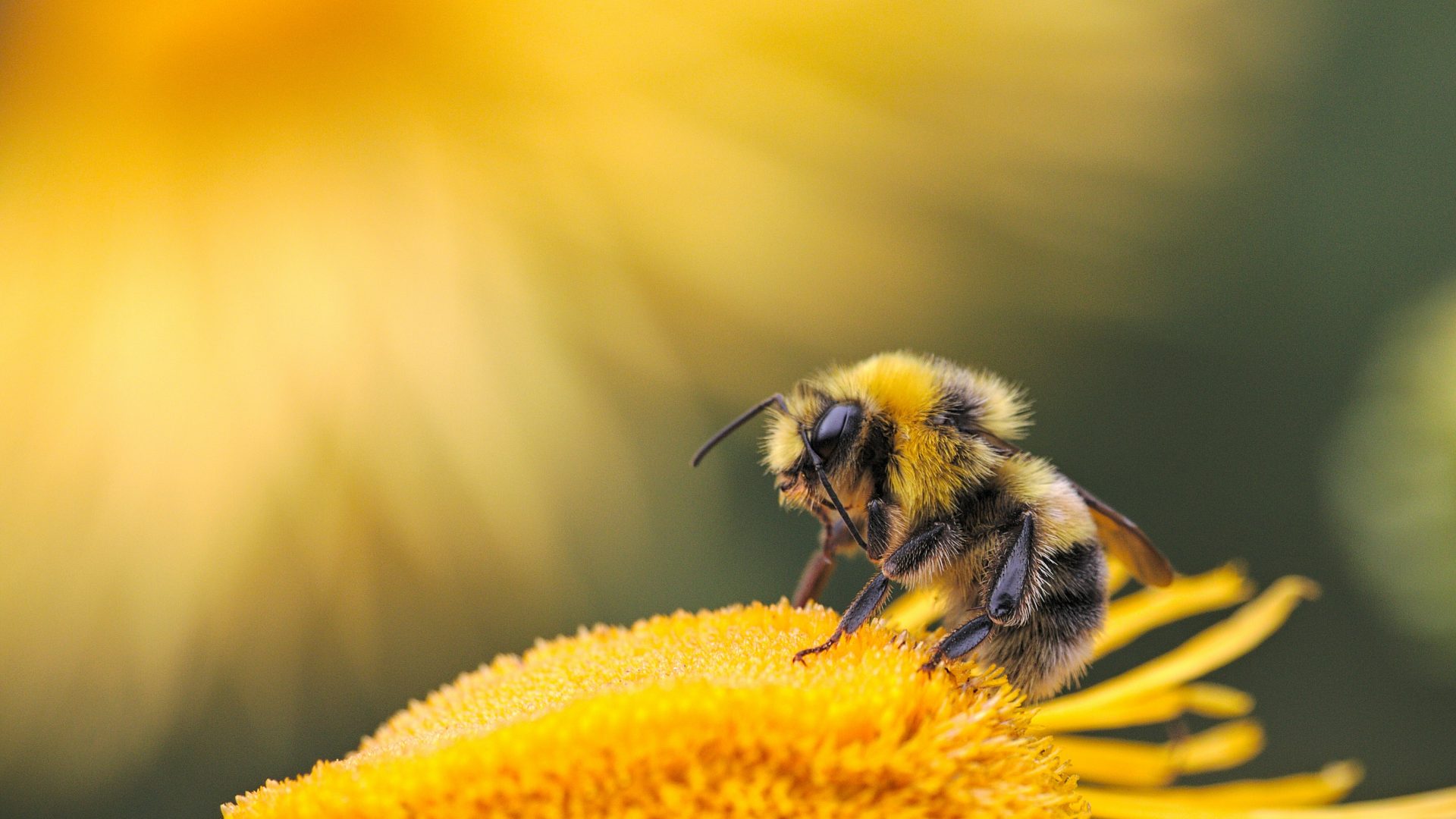We can all do something to help our local wildlife populations, especially songbirds and pollinator insects. Committing even a small section of your yard to be used as habitat can make a big difference for the birds and bees!
Birds
Birds aren’t just an important part of our ecosystem, they also make the world around us more interesting! Create or improve bird habitat in your own yard by following a few simple steps.
Provide nesting sites
Choose native plants and try to mimic a natural landscape by planting in a mosaic design- where species are overlapped and grown in clumps. Go for diversity by picking out plants with different heights and growth patterns. Lastly, leave the dead leaves, twigs and brush piles and grass clippings. All of that’s great building material.
Reduce predation
Try to reduce your outdoor sources of food for predators, such as pet food dishes, uncovered trash cans, and compost piles. Use bird feeders that squirrels and other rodents are unable to get into, and keep the kitty indoors. While your cat may seem harmless, to birds, they’re a furry killing machine.

Establish your property as a bird sanctuary
Try to lower the amount of human disturbance during March through August (breeding season). This includes clearing vegetation, construction, and spraying. In the meantime, you can create networks of suitable habitat. Contact your District to learn more about habitat networks.
Mow smart
Set aside a “no-mow” zone. If you already dread mowing your lawn, you’ll love this eco-friendly practice. No-mow zones allow native plants, grasses and shrubs to grow. You can jumpstart the process by planting a few native species that are suitable to your property in those spaces.
Note: native species aren’t the same as naturally-growing species on your property. If you have blackberry bushes, reed canary grass, or another type of fast-growing and invasive plant, your District will be able to get you on the right path towards removing it.
Pollinating Bugs
Most food plants that we grow in our yards will not produce fruits or vegetables without pollination. Improve your garden’s productivity and support local pollinator populations by creating habitat they’ll love!
Choose plants pollinators love
Whenever possible, choose native plants that will attract pollinators and grow best in your site conditions (soil type, light, planting space, etc.) It’s important to choose plants that haven’t been treated with systemic insecticides, which can be harmful to insects.
Plant in “corridors” with pollinator-friendly plants. This will encourage pollinator movement, connecting habitat areas throughout your land. You can also incorporate non-flowering plants and grasses, then plant in groups to provide nesting and overwintering habitat for bugs to live as pupae.
It may be tempting to fill your landscape up with double-flowered plants, but these frequently lack pollen or nectar. Don’t forget to diversify!

Undisturbed areas are ideal for pollinator nesting
Avoid disturbing areas where pollinator activity is already present, such as ground nests. If you can, leave areas near or inside your property undisturbed. It may be tempting to manicure every inch around your landscape, but nature likes to be a little rough around the edges at times, and that’s okay. Make sure you also leave downed logs, leaf litter, flower stems, and bare spots to provide nesting and overwintering habitat.
Management practices influence pollinator activity
Bugs will eat your plants – it’s a fact of life. Learn to accept some insect damage to your lovely plant friends, and everyone will be happier for it. But, if you’ve got an army of pests that are devouring your plants and you can’t find your way around it, use a pesticide that won’t harm pollinators and apply it when pollinators aren’t foraging.





